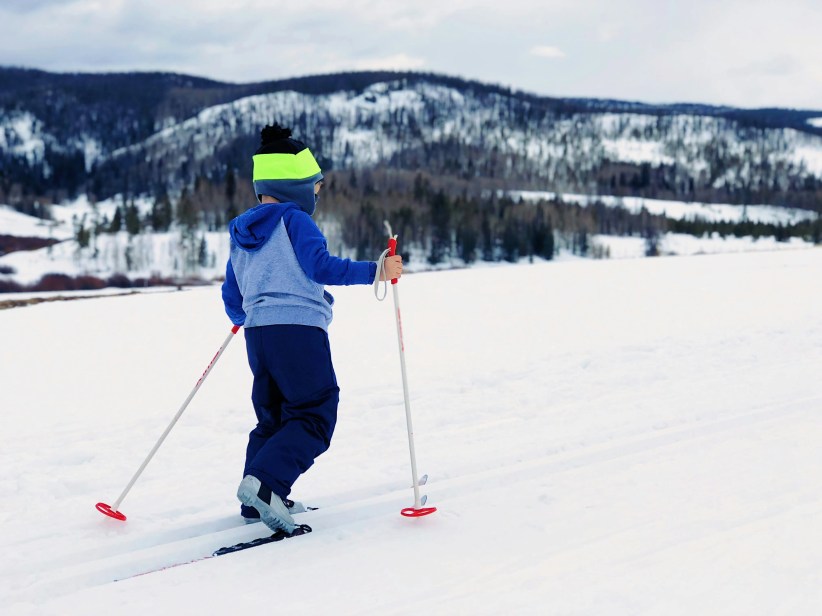
A driving trip or resort vacation for the whole family can be lots of fun, but how do you maximize the experience for a child with a visual impairment? Instructors Sue Melrose and Ginger Irwin from The Hadley School for the Blind, which offers free distance education courses for family members of a person with a visual impairment, provide ideas and expertise to make your family getaway fun for everyone:
It’s important children don’t assume they
won’t be able to participate in fun vacation
activities because they are visually impaired.
- Share the plan: Keep the whole family involved in the travel planning process. Children and teenagers who know where they’re going and what to expect are more willing travelers, especially if they have the opportunity to help pick out fun activities.
- Map it out: Once plans take a definite shape, create a simple, accessible map of the travel plan for your child to trace with his/her finger. If traveling by car, a map consisting of paper and string, pipe cleaners and tape or string over an existing map will do. This helps children understand the travel plan, track the distance traveled and learn about maps as a useful tool.
- Keep busy en route: If you can’t see out windows, the world becomes very small when you get into a car. Combat confined space fatigue by creating a travel bag with favorite activities like braille playing cards, an audio player, puzzles and reading materials. “Making braille notes as little surprises along the way can make the trip more fun,” says Ginger Irwin.
- Stop and stretch: Be prepared to make more stops on the trip to get fresh air and take short walking tours of new locations, especially points of interest. Go on small gathering missions and collect simple tactile souvenirs provided by Mother Nature, including interesting rocks, pinecones, leaves and sand. Sue Melrose has a collection of bottles of sand from many road trips throughout the years.
- A replica can be just as good: Trips to the gift shop are essential if you’re at a large tourist destination. Buying miniatures of your location, like the Statue of Liberty, Mount Rushmore or the Golden Gate Bridge, can help your child understand and tactically navigate your location.
- Inquire about special tours: If you plan to go to museums, always call ahead and inquire about tours and accommodations for people with visual impairments. It is best to speak with management, as seasonal employees don’t always know about these opportunities. Some museums and tourist attractions offer audio tours or special behind-the-scenes tours that are not advertised. The same rule applies to special activities and day trips off cruise ships and resorts. By calling ahead and explaining her visual impairment to managers of different day trips during a cruise, for example, Melrose was able to swim with dolphins and go zip-lining. “Explaining my abilities and limitations as a blind person helped the tour staff understand that it wasn’t a risk to let me do these activities, they just had to communicate with me. It’s important not to assume you won’t be able to participate in fun vacation activities because you’re visually impaired.”
Founded in 1920, The Hadley School for the Blind’s mission is to promote independent living through lifelong, distance education programs for people who are blind or visually impaired, their families, and blindness service providers. The world’s largest educator of braille, Hadley enrolls more than 10,000 students in all 50 states and 100 countries each year. For more information, visit www.hadley.edu or call 800-323-4238.

















